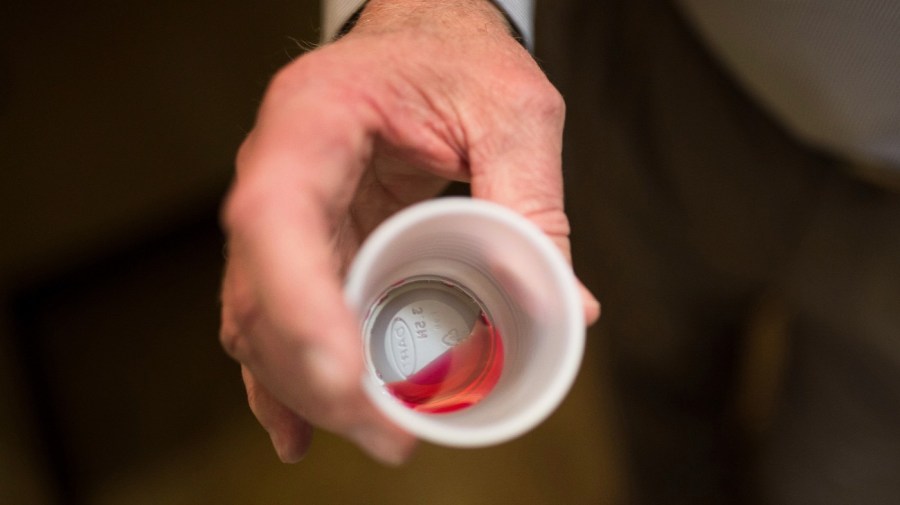Just 44 percent of jails offer incarcerated people with opioid use disorder medications like methadone, buprenorphine or naltrexone to treat addiction, according to a new analysis of 1,028 jails from the National Institute of Drug Abuse.
Researchers also note that jails that do offer medication for opioid use disordermostly offer those drugs to people who are pregnant or who are already receiving the drugs at the time of their arrest.
Only about 13 percent of jails are offering these medications to anyone with opioid use disorder.
The study, published in JAMA Network Open Tuesday, also found that most jails—about 70 percent—offer some type of substance use disorder treatment or recovery program for the incarcerated.
But about 50 percent of jails are not offering medications for opioid use disorder because they don’t have enough licensed staff to do so.
Substance abuse is a major issue, as research has found that about 65 percent of the country’s incarcerated population suffer from substance use disorder.
Larger jails or jails in counties with lower rates of poverty and unemployment or those close to community-based providers of opioid use disorder medications are more likely to offer treatment, according to the new study.
“Offering substance use disorder treatment in justice settings helps to break the debilitating – and often fatal – cycle of addiction and incarceration,” said NIDA Director Nora D. Volkow. “Though someone may be in jail for only a short time, connecting them to addiction treatment while they are there is critical to reduce risk of relapse and overdose, and to help them achieve long-term recovery.”
A 2021 study of county-level data found that 21 percent of people who died because of an overdose were in jail at the time of their death.

